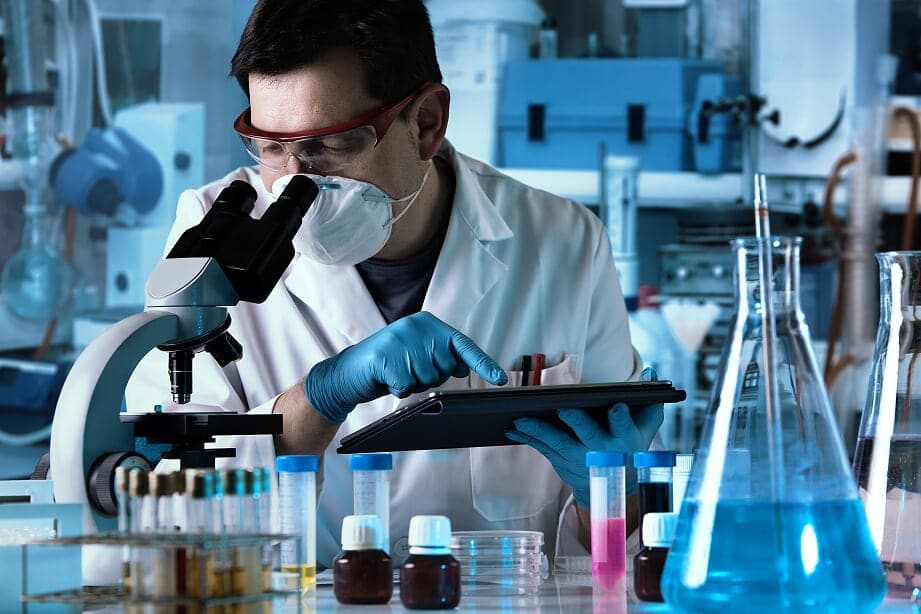The skincare and pharmaceutical industries have witnessed remarkable advances in biotechnology, and one of the most exciting developments is the use of yeast as a bioactive ingredient. With the increasing demand for clean, sustainable, and effective formulations, yeast-derived cosmeceuticals and yeast-derived pharmaceuticals are transforming how products are developed and delivered. These bio-ingredients offer multifaceted benefits, from skin rejuvenation to therapeutic treatments, making them valuable assets in modern health and beauty solutions.
1. What Are Yeast-Derived Ingredients?
Yeast, a single-celled fungus, has long been used in food and fermentation. In recent years, researchers have discovered its powerful applications in health and skincare. Through fermentation technology, specific strains of yeast are cultivated to produce bioactive compounds such as amino acids, peptides, vitamins, and antioxidants. These compounds can be isolated and used in various topical and therapeutic formulations.
2. Benefits of Yeast-Derived Cosmeceuticals in Skincare
Yeast-derived ingredients are particularly valued in cosmetics—products that lie between cosmetics and pharmaceuticals. These bioactives penetrate deeper layers of the skin to deliver functional benefits beyond simple moisturization.
● Hydration and Skin Barrier Support: Yeast extracts often contain beta-glucans and polysaccharides that help retain moisture and strengthen the skin’s barrier function.
● Anti-aging Properties: Yeast ferment filtrates are rich in peptides and enzymes that promote cell turnover, reduce the appearance of fine lines, and enhance skin elasticity.
● Brightening and Radiance: Yeast-derived compounds inhibit melanin synthesis, making them effective in reducing hyperpigmentation and promoting an even skin tone.
3. Role of Yeast-Derived Pharmaceuticals in Dermatological and Medical Applications
Beyond cosmetics, yeast biotechnology plays a growing role in pharmaceutical development. Through precision fermentation, yeast can be engineered to produce compounds with therapeutic value, especially in dermatology.
● Wound Healing and Inflammation Control: Yeast-derived pharmaceuticals include bioactive molecules that aid in reducing inflammation and accelerating tissue repair.
● Delivery Systems: Some yeast components are used as carriers for drug delivery, ensuring more efficient absorption and targeted treatment.
● Sustainable Production: Unlike synthetic chemical synthesis, yeast-based production is eco-friendly and scalable, aligning with modern sustainable pharmaceutical practices.
4. Safety and Sustainability Advantages
One of the most compelling advantages of yeast-based solutions is their safety profile. Because they are naturally derived and biodegradable, they reduce the risk of skin irritation and environmental harm. Furthermore, yeast fermentation uses renewable resources and low-energy processes, contributing to more sustainable production cycles.
5. Innovation and Future Potential
As biotech research advances, the potential of yeast continues to grow. Scientists are exploring ways to customize yeast strains for specific therapeutic goals—such as antioxidant-rich peptides or antimicrobial proteins—leading to a new era of personalized skin care and treatment options.
Final Thoughts
The integration of yeast into skincare and pharmaceutical formulations is redefining modern health and beauty routines. With scientifically backed benefits ranging from anti-aging to advanced wound care, yeast-derived cosmeceuticals and yeast-derived pharmaceuticals stand out as innovative, effective, and environmentally conscious choices. At Bioboost Synbio Inc., cutting-edge biotechnology meets sustainable development to harness the full potential of yeast for next-generation skin and health solutions.






Comments